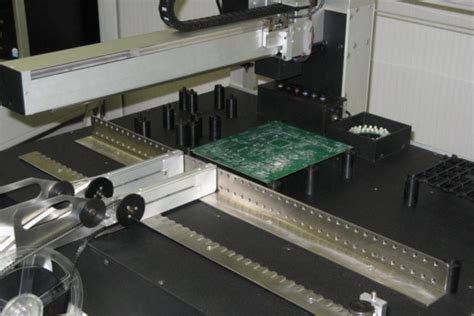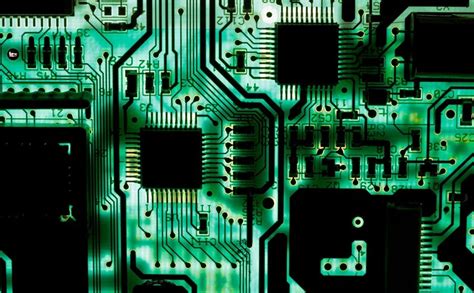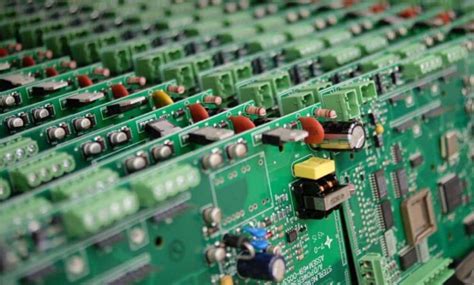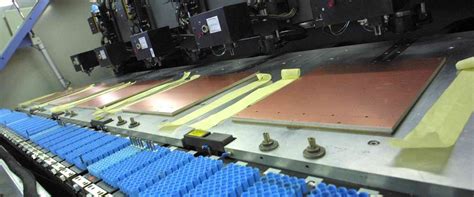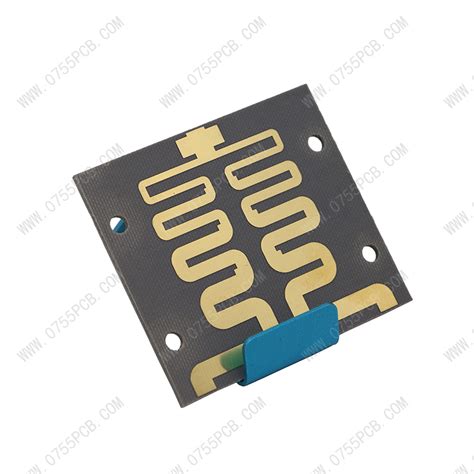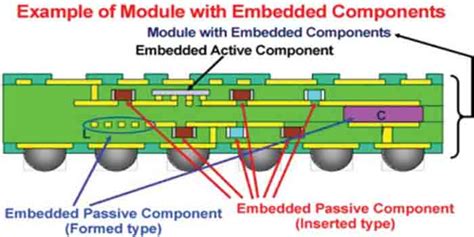Advancements in SMT Assembly Equipment for Enhanced Efficiency
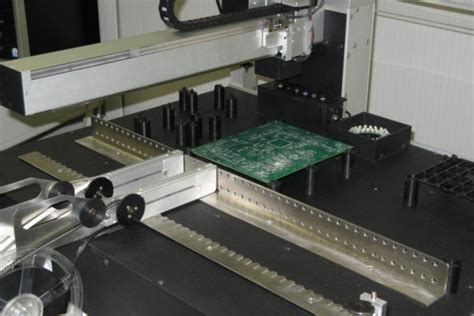
Key Takeaways
In the rapidly evolving landscape of electronics manufacturing, advancements in SMT assembly equipment are paramount for optimizing production efficiency. As the industry shifts towards smaller, more intricate components, the need for precise pcb assembly becomes increasingly crucial. Recent innovations, such as enhanced pcba inspection systems and integrated automation technologies, have demonstrated remarkable improvements in operational workflows. The implementation of these advanced tools not only streamlines processes but also minimizes errors, thereby elevating overall output quality. Furthermore, methodologies incorporating real-time data analytics are reshaping how manufacturers approach assembly lines, enabling them to identify and rectify bottlenecks swiftly. Through these ongoing advancements in SMT assembly equipment, manufacturers are increasingly poised to meet the growing demands of a competitive market while maintaining a commitment to excellence.
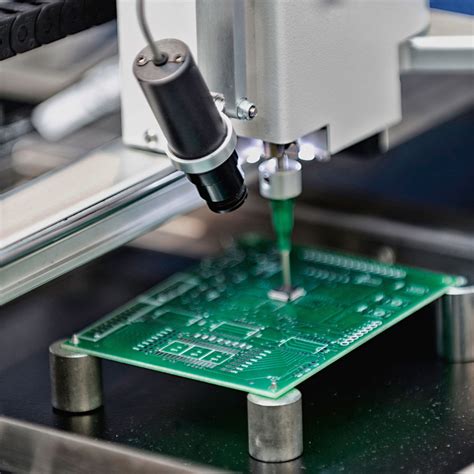
Introduction to SMT Assembly Equipment: The Backbone of Electronics Manufacturing
Surface Mount Technology (SMT) assembly equipment represents a critical component in the modern electronics manufacturing landscape. This equipment plays a vital role in pcb assembly processes, ensuring that components are placed accurately and efficiently on printed circuit boards (PCB). As the demand for compact and high-performance electronic devices continues to rise, the importance of advanced SMT assembly tools has become more pronounced. Emerging technologies, such as precision laser applications and advanced vision systems, have enhanced quality control during the pcba processes. These innovations not only boost productivity but also minimize defects and waste, ultimately leading to a more sustainable manufacturing approach.
For instance, consider the following table that outlines some key advancements in SMT technology:
| Technology | Description | Impact on Efficiency |
|---|---|---|
| Advanced Placement Systems | Features high-speed pick-and-place mechanisms | Increases throughput by 30% |
| Automated Optical Inspection (AOI) | Real-time monitoring for defects | Reduces reject rates by 25% |
| Flexible Manufacturing Systems | Adaptable setup for varying production runs | Enhances adaptability to market needs |
| Smart Factory Integration | IoT connectivity for data-driven decisions | Optimizes operational efficiency |
The synergy between these technologies and methodologies is essential for addressing current manufacturing challenges. Integrating automation with traditional methods facilitates improvements not only in speed but also in accuracy of the pcb assembly process. As we delve deeper into this evolving field, it is crucial to acknowledge that these advancements are setting new benchmarks in efficiency, driving manufacturers towards increasingly competitive landscapes.
“In electronics manufacturing, efficiency is not just a goal; it’s a necessity for survival.”
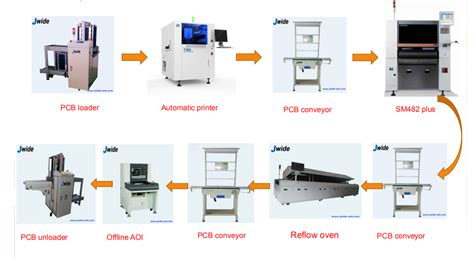
Innovative Technologies Transforming SMT Assembly Processes
The field of SMT assembly equipment has undergone significant transformation due to the integration of innovative technologies that bolster productivity and precision. One of the cornerstone advancements is the use of 3D solder paste inspection, which allows for comprehensive assessment of printed circuit board assemblies (PCBA) before components are placed. This technology ensures that pcb assembly processes can be executed with minimal defects, thus improving yield rates. Additionally, the introduction of advanced pick-and-place machines equipped with intelligent vision systems has revolutionized the speed and accuracy of component placements on PCBs. These systems are capable of identifying and correcting errors in real time, drastically reducing rework time and costs associated with faulty assemblies.
Moreover, robotic automation is making waves in SMT assembly lines. By employing sophisticated robotics, manufacturers can achieve higher throughput while maintaining precision that manual processes simply cannot match. This shift not only enhances efficiency but also allows for greater scalability in production runs, adapting quickly to market demands without compromising on quality.
Furthermore, data analytics and cloud-based solutions facilitate real-time monitoring and predictive maintenance of SMT equipment. By analyzing performance data, manufacturers can proactively address potential issues before they escalate into costly downtimes. With these technological advancements, the future of SMT assembly is not only promising but poised to set new standards in efficiency and quality for the entire electronic manufacturing landscape. As these innovative technologies continue to evolve, they are sure to play a pivotal role in shaping more agile and resilient production environments that cater to the fast-paced electronics market.

Key Methodologies Driving Efficiency in SMT Assembly
The landscape of SMT assembly is rapidly evolving, driven by various methodologies aimed at maximizing efficiency in the pcb assembly process. One of the primary methodologies is the implementation of lean manufacturing principles. This approach focuses on minimizing waste while maximizing productivity, ensuring that every step in the pcba process adds value. Additionally, adopting Six Sigma techniques can result in enhanced quality control by systematically reducing defects and variations in the production workflow. Moreover, integrating real-time data analytics allows for continuous monitoring and optimization of processes, thus improving decision-making and resource allocation.
Another key methodology is the use of flexible manufacturing systems (FMS). This enables manufacturers to adapt quickly to changing demands and introduces a level of agility that was previously unattainable. By employing automated guided vehicles (AGVs) and advanced conveyor systems, production lines can be reconfigured efficiently to accommodate different product types without significant downtime.
Lastly, collaborative robotics—where SMT assembly equipment works alongside human operators—further drives efficiency by streamlining tasks that require precision while allowing human workers to focus on more complex duties. These methodologies are crucial for modern pcb assembly environments seeking to enhance their operational efficiency and competitiveness in a fast-paced electronic manufacturing landscape. As technology continues to advance, these innovative approaches will play a vital role in shaping the future of SMT assembly processes.
The Role of Automation in Modern SMT Assembly Equipment
Automation has become a pivotal force in the evolution of SMT assembly equipment, significantly transforming the landscape of electronic manufacturing. As the demand for pcb assembly continues to rise, industries are increasingly integrating automated systems to enhance both speed and precision in the production process. Modern pcba systems utilize advanced robotics and intelligent software that optimize the placement of components on printed circuit boards. This innovation not only minimizes human error but also increases output efficiency, allowing for a higher volume of products to be completed in less time. Moreover, automation in SMT assembly processes facilitates real-time monitoring and data analysis, enabling manufacturers to identify potential bottlenecks and make informed adjustments on-the-fly. This capability ensures that production lines maintain peak efficiency and adapt swiftly to any changes in demand or requirements. As a result, organizations that adopt automated technologies are likely to experience significant cost savings, improved quality control, and enhanced competitive advantage within the market. In essence, the infusion of automation within modern SMT assembly equipment is proving to be a game changer for streamlining operations and pushing the boundaries of what’s achievable in electronic manufacturing.
Case Studies: Successful Implementations of Advanced SMT Technologies
In recent years, several companies have successfully adopted advanced SMT assembly equipment, leading to noteworthy improvements in their PCB assembly processes. For instance, one leading electronics manufacturer implemented a state-of-the-art pick-and-place system that utilized machine vision technology. This investment not only increased the speed of component placement but also reduced errors in component positioning, enhancing the overall quality of their PCBA. The integration of real-time monitoring systems allowed this manufacturer to track production metrics meticulously, enabling them to make data-driven decisions that streamlined workflows and reduced downtime.
Another case involves a mid-sized firm that embraced automation in its assembly lines. By incorporating automated optical inspection (AOI) equipment, they ensured higher reliability in detecting defects early in the manufacturing process. This shift not only reduced waste but also significantly increased turnaround time, allowing the company to meet customer demands more effectively. These examples showcase how capitalizing on advanced SMT technologies can lead to optimal efficiency and higher product quality in electronic manufacturing. As we move forward, such case studies serve as valuable benchmarks for others looking to innovate within this rapidly evolving industry.
Future Trends in SMT Assembly Equipment and Their Implications
As the landscape of electronics manufacturing continues to evolve, PCB assembly and PCBA processes are experiencing transformative changes driven by emerging trends in SMT assembly equipment. One of the most notable trends is the increased integration of artificial intelligence and machine learning technologies into production lines. These advancements facilitate real-time data analysis, allowing manufacturers to predict potential faults during the assembly process, thereby enhancing quality control and reducing waste. Additionally, the shift towards modular equipment design is making it easier for manufacturers to adapt their systems to varying production needs, ensuring flexibility and scalability. Moreover, sustainability has become a critical focus, prompting innovations in equipment that minimize energy consumption while maintaining high throughput levels. The advent of smart factories, characterized by interconnected devices and systems, promises to create more efficient workflows by enabling seamless communication between machines—a move that could redefine traditional SMT assembly paradigms. As these trends take shape, their implications for productivity, cost-efficiency, and overall competitiveness in the electronics manufacturing sector are profound, signaling a future where advanced SMT technologies are at the forefront of innovative practices.
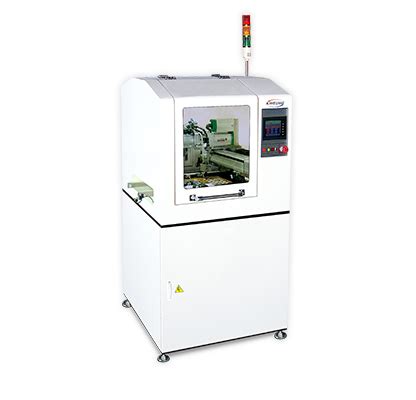
Comparative Analysis: Traditional vs. Advanced SMT Assembly Solutions
The landscape of SMT assembly has seen dramatic transformations over the years, shifting from traditional methods to advanced solutions that offer unparalleled efficiency. Traditional pcb assembly techniques often involve manual labor, with operators meticulously placing components on the board before soldering. This process, while effective, can lead to inconsistencies and slower production speeds. In contrast, advanced techniques embrace automation and sophisticated machinery that significantly streamline the pcba process. For instance, with the advent of pick-and-place machines equipped with vision systems, component placement becomes precise and rapid—a stark improvement over manual methods. Moreover, modern SMT assembly equipment integrates real-time monitoring and feedback loops that constantly analyze production data to optimize operations. These advancements not only enhance productivity but also minimize errors, reducing material waste—a crucial factor for cost-effectiveness in electronic manufacturing. As industries demand higher volumes and quicker turnaround times, the shift from traditional to advanced SMT assembly solutions becomes even more pertinent, ensuring manufacturers remain competitive in an ever-evolving market landscape. The comparison of these two approaches highlights how innovation is not merely a trend but a prerequisite for sustainable growth in the electronics sector.
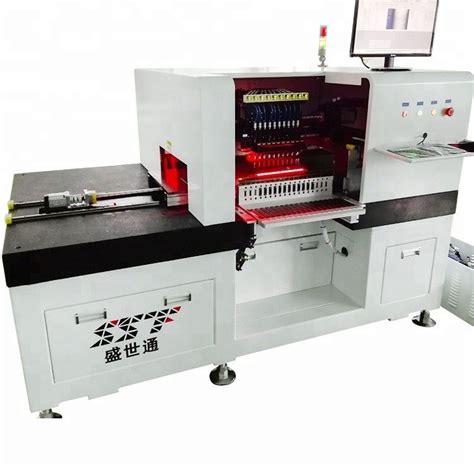
Conclusion
In summary, the advancements in SMT assembly equipment are paving the way for a more efficient and productive landscape in the realm of electronics manufacturing. The integration of innovative technologies, such as enhanced pcb assembly systems and sophisticated pcba processes, underscores the importance of adapting to the ever-evolving industry demands. The ongoing shift towards automation further streamlines operations, reducing production time while simultaneously maintaining high-quality standards. Manufacturers are increasingly relying on these advanced techniques to improve yield rates and minimize defects, which is crucial in a market that demands reliability and performance. As we look ahead, staying attuned to these emerging trends will be essential for businesses aiming to remain competitive in the fast-paced world of electronic production. The concerted focus on optimizing every stage of the SMT assembly process will not only drive efficiency but also enhance overall profitability for manufacturers willing to embrace these transformative changes.
FAQs
What is SMT assembly equipment?
SMT assembly equipment refers to the tools and technologies used in the Surface Mount Technology (SMT) process for placing electronic components on printed circuit boards (PCBs). This equipment plays a crucial role in the pcb assembly process, ensuring precision and efficiency.
How has automation impacted SMT assembly?
Automation has revolutionized SMT processes by integrating advanced machinery that performs repetitive tasks with high accuracy. This not only reduces manual errors but also significantly enhances the speed of pcba production.
What are some key innovative technologies in SMT assembly?
Recent advancements include high-speed pick-and-place machines, automated inspection systems, and smart software for process optimization. These technologies work in tandem to streamline various stages of the pcb assembly workflow.
Why is efficiency important in electronic manufacturing?
In electronic manufacturing, high efficiency translates to reduced production time and costs. Enhanced efficiency allows manufacturers to meet market demands swiftly while maintaining product quality, which is vital for competitiveness in the industry.
Where can I learn more about advanced SMT technologies?
For more information on efficient pcb assembly, please click here: Andwin PCB Assembly. This resource delves deeper into modern techniques and innovations that elevate production standards.

